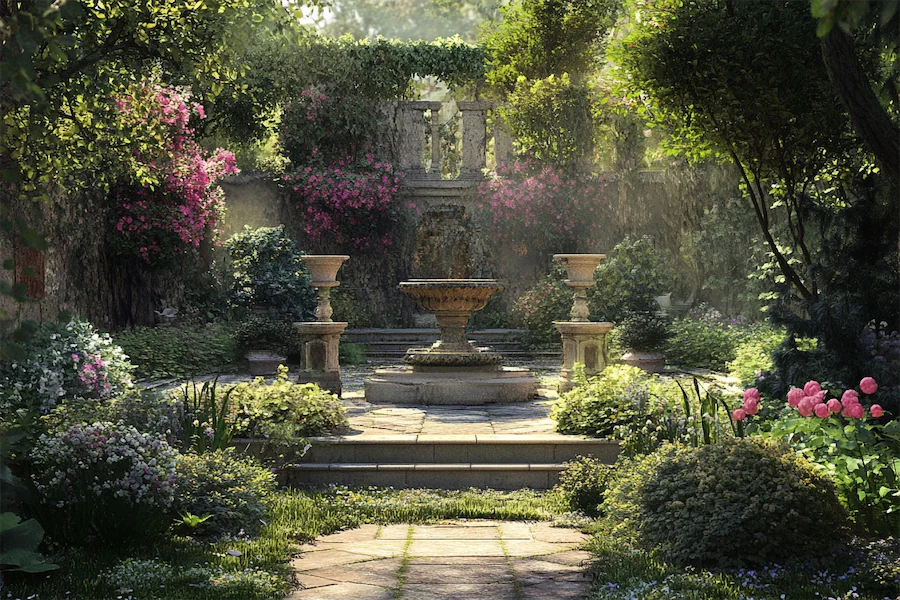Classical gardens are designed to evoke the elegance and symmetry of ancient Greek and Roman aesthetics, creating harmonious outdoor spaces that reflect order and beauty. These gardens are characterized by their geometric layouts, balanced proportions, and the inclusion of architectural elements such as statues and fountains.
History and Origins of Classical Gardens
The roots of classical gardens trace back to ancient civilizations, notably the Greeks and Romans, who integrated their architectural principles into garden design. They emphasized symmetry, proportion, and the use of straight lines and geometric shapes to create a sense of order and harmony. Fountains often served as central features, bringing life to the structured layouts.
During the Renaissance, there was a revival of classical ideals in Europe, leading to the development of formal gardens that mirrored ancient designs. This period saw the incorporation of topiary, meticulously trimmed hedges, and the use of classical sculptures to enhance the garden’s aesthetic appeal.
Key Features of Classical Gardens
Classical gardens are distinguished by several hallmark features:
- Geometric Layouts: The use of straight lines, right angles, and circles forms the foundation of the garden’s design, creating a structured and organized appearance.
- Symmetry and Proportion: Balanced proportions are central to classical garden design, ensuring that each part of the garden relates harmoniously to the whole.
- Architectural Elements: Incorporating features such as statues, sundials, bird baths, and ornamental ponds adds intrigue and a touch of sophistication to the garden.
- Topiary and Formal Plantings: Meticulously trimmed hedges and topiary showcase the gardener’s skill and contribute to the garden’s formal appearance.
- Water Features: Fountains and reflecting pools not only serve as focal points but also introduce the soothing sound of water, enhancing the garden’s ambiance.
Applications of Classical Gardens
Classical garden designs can be adapted to various settings:
- Private Residences: Homeowners can create formal gardens that complement the architectural style of their homes, providing elegant outdoor spaces for relaxation and entertainment.
- Public Parks and Estates: Large-scale classical gardens offer visitors a glimpse into historical design principles and serve as venues for cultural events and gatherings.
- Botanical Gardens: Incorporating classical elements into botanical gardens enhances their educational and aesthetic value, allowing visitors to experience the harmony of nature and design.
Considerations When Designing a Classical Garden
When planning a classical garden, consider the following:
- Scale and Proportion: Ensure that the garden’s features are appropriately scaled to the size of the space to maintain balance and harmony.
- Plant Selection: Choose plants that can be easily shaped and maintained to uphold the garden’s formal structure, such as boxwood for hedges and topiary.
- Maintenance: Regular pruning and upkeep are essential to preserve the garden’s geometric shapes and overall appearance.
- Integration with Architecture: The garden should complement the architectural style of the surrounding structures, creating a cohesive and unified aesthetic.
Conclusion
Classical gardens embody the timeless principles of symmetry, proportion, and harmony, offering serene and elegant outdoor spaces. By thoughtfully integrating geometric layouts, architectural elements, and formal plantings, these gardens continue to inspire and captivate, reflecting the enduring legacy of ancient design philosophies.
